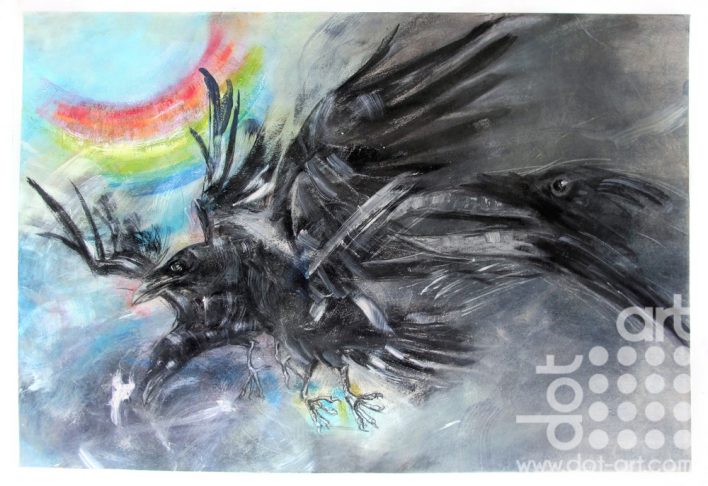


I have one with a broken display ( it was dropped) and it was a nice unit. I'm still curious: have or someone else succeeded in repairing it, or found the cause ? If you're still interested in fixing the PC-1600, I may very well be able to help, having factory-new spare parts, and/or PC-1600 itself. The only thing I can think of - though far-fetched, I must admit - is a camera shutter time, so small, that it actually registered the 'building-up' of the triangular-shaped dots in the process from OFF to ON state or vice versa. Forget about most of the 'explanations' given: they're either beside the point (not unusual on Forums), or bull. Having decades of experience with SHARP pocket computers and LCD displays, this is indeed the weirdest thing I've ever seen. Hello Fliz, I only just came across your post.

If i am not mistaken PC-1600 was the most advanced from pocket series, whatever you could program with MS Basic he can/could interpret. With no batteries or power source, the red dot optic will be useless.Very unusual problem with dot-matrix LCD display (Sharp PC-1600) Although they may operate a little differently, they present many of the same advantages such as fast target acquisition and illuminated aiming points as the holographic sights.Ī red dot sight type has both a 1 moa dot and green dot reticle, almost like a prism or holographic sight. As far as red dot sights go, the holographic ones are the most popular, like EOTech and Aimpoint PRO. Red dots come with a variety of sights: prisms, holographics, and reflex sights: open (HUD) and closed (tube style). Its reticle controls the scarlet light's reflection through an aperture hole in front of the LED, allowing shooters to view its reflection. In a similar manner to a prism or EOTech holographic sight, the axis focus of this sight is illuminated with scarlet light, preventing other light from disrupting the shooter's green or crimson reticle. Utilizing a spherical mirror with a special coating, a red dot sight projects a scarlet laser onto a tinted piece of glass. However, they are not magnified or have eye relief, so they are mostly useful for home defense and close-quarter target-shooting. Small exposed reflex sights have a single lens positioned in front of the scope, whereas tube reflex sights consist of two lenses that resemble a traditional scope.Īs compared to other red dot sights, such as prism and holographic, reflex sights are less expensive. Reflex sights fall into two categories: small exposed reflex sights and magnified tubed reflex sights.
Dot by dot sharp series#
Reflex sights use a series of mirrors to project a dot or reticle forward onto a lens, making the dot more visible. The Red Dot Sight is one of the three main types of red dots sights, along with prism and holographic sights. Reflex sight is the most common form of red dot vision. or something like that? What is Reflex Sight? They can even be used with night vision devices! This makes them ideal for hunters who want one weapon system that will do everything from plinking cans out on their property all the way up until being used for self defense against bears. Versatility - Red dots can be used in both short-range shooting situations and long-range hunting scenarios where magnification isn't necessary. The small round reticle is only about 1 MOA in diameter (one "minute of angle" equals 1 yard at 100 yards), so it doesn't obstruct the target area like traditional crosshairs do with scopes. Target acquisition speed - The main reason to choose a red dot sight is that they drastically increase the speed at which you can acquire targets. They're easy to use and offer many advantages. If you're looking to improve your shooting accuracy, red dot sights are a great option.


 0 kommentar(er)
0 kommentar(er)
